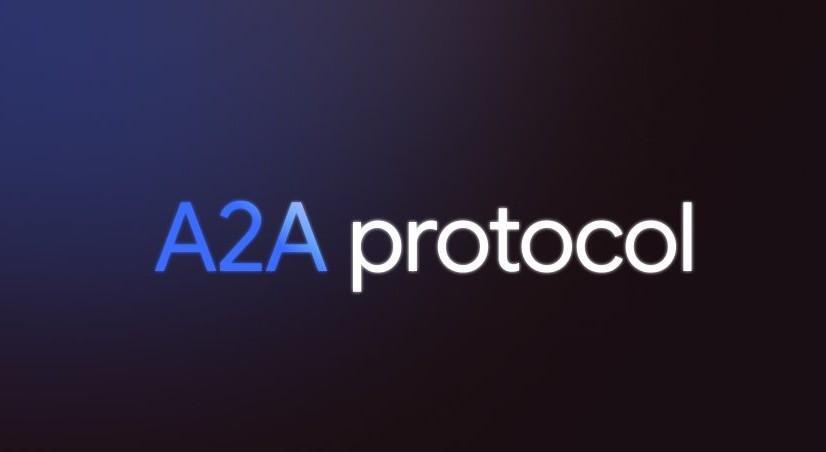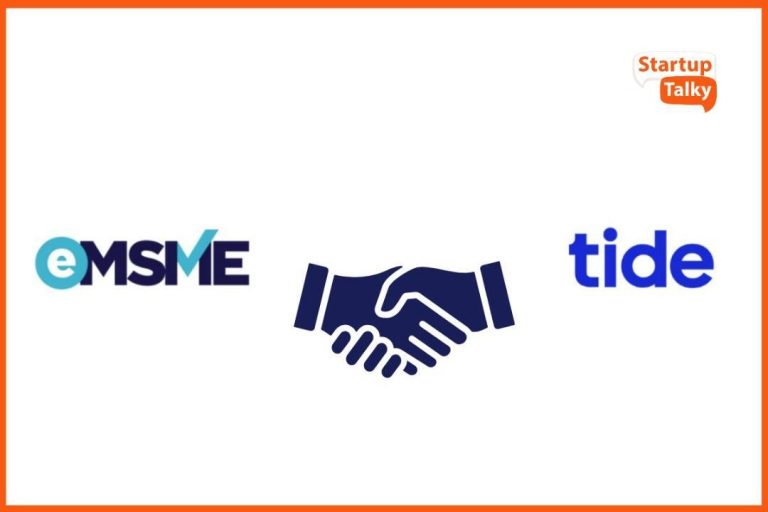
Google Launches A2A Protocol to Enhance AI Agent Synergy
In a significant move to revolutionize the world of artificial intelligence (AI), Google has recently launched Agent2Agent (A2A), an open-source protocol designed to enable AI agents from various systems to work together seamlessly. A2A protocol is a groundbreaking technology that allows AI agents to communicate with each other, securely exchange information, and coordinate actions across different enterprise platforms or applications.
The launch of A2A protocol is a significant step forward in the development of AI, as it enables developers to build agents capable of connecting with any other agent built using the protocol. This breakthrough technology has the potential to transform the way AI agents interact with each other, making it easier to integrate and deploy AI solutions across various industries and applications.
What is A2A Protocol?
A2A protocol is a new open-source protocol that enables AI agents to communicate with each other using a standardized language. This protocol allows AI agents to securely exchange information, coordinate actions, and collaborate with each other, regardless of their underlying architecture or programming language.
The A2A protocol is designed to provide a common framework for AI agents to interact with each other, making it easier to integrate and deploy AI solutions across different platforms and applications. This protocol is built on top of existing technologies, such as JSON and WebSockets, and is designed to be highly scalable and flexible.
Benefits of A2A Protocol
The A2A protocol offers several benefits for developers, businesses, and organizations that rely on AI agents. Some of the key benefits of A2A protocol include:
- Improved Interoperability: A2A protocol enables AI agents to communicate with each other seamlessly, regardless of their underlying architecture or programming language. This improves interoperability and makes it easier to integrate AI agents with existing systems and applications.
- Increased Efficiency: A2A protocol enables AI agents to coordinate actions and exchange information securely, which can improve efficiency and reduce the risk of errors or miscommunications.
- Enhanced Collaboration: A2A protocol enables AI agents to collaborate with each other more effectively, which can lead to better decision-making and improved outcomes.
- Faster Development: A2A protocol provides a standardized framework for building AI agents, which can reduce the time and effort required to develop and deploy AI solutions.
How A2A Protocol Works
The A2A protocol works by enabling AI agents to communicate with each other using a standardized language. Here’s how it works:
- Agent Registration: AI agents register with the A2A protocol by providing their unique identifier and a list of capabilities.
- Message Exchange: AI agents exchange messages with each other using a standardized language, such as JSON.
- Message Routing: The A2A protocol routes messages between AI agents, ensuring that messages are delivered securely and efficiently.
- Action Coordination: AI agents coordinate actions and exchange information securely, using the A2A protocol.
Conclusion
The launch of A2A protocol by Google is a significant step forward in the development of AI, enabling AI agents to communicate with each other seamlessly and collaborate more effectively. This protocol has the potential to transform the way AI agents interact with each other, making it easier to integrate and deploy AI solutions across various industries and applications.
As the A2A protocol continues to evolve and gain traction, we can expect to see more innovative applications of AI in various industries, from healthcare and finance to education and entertainment. With A2A protocol, the possibilities are endless, and the future of AI has never looked brighter.
Source:
https://developers.googleblog.com/en/a2a-a-new-era-of-agent-interoperability/






